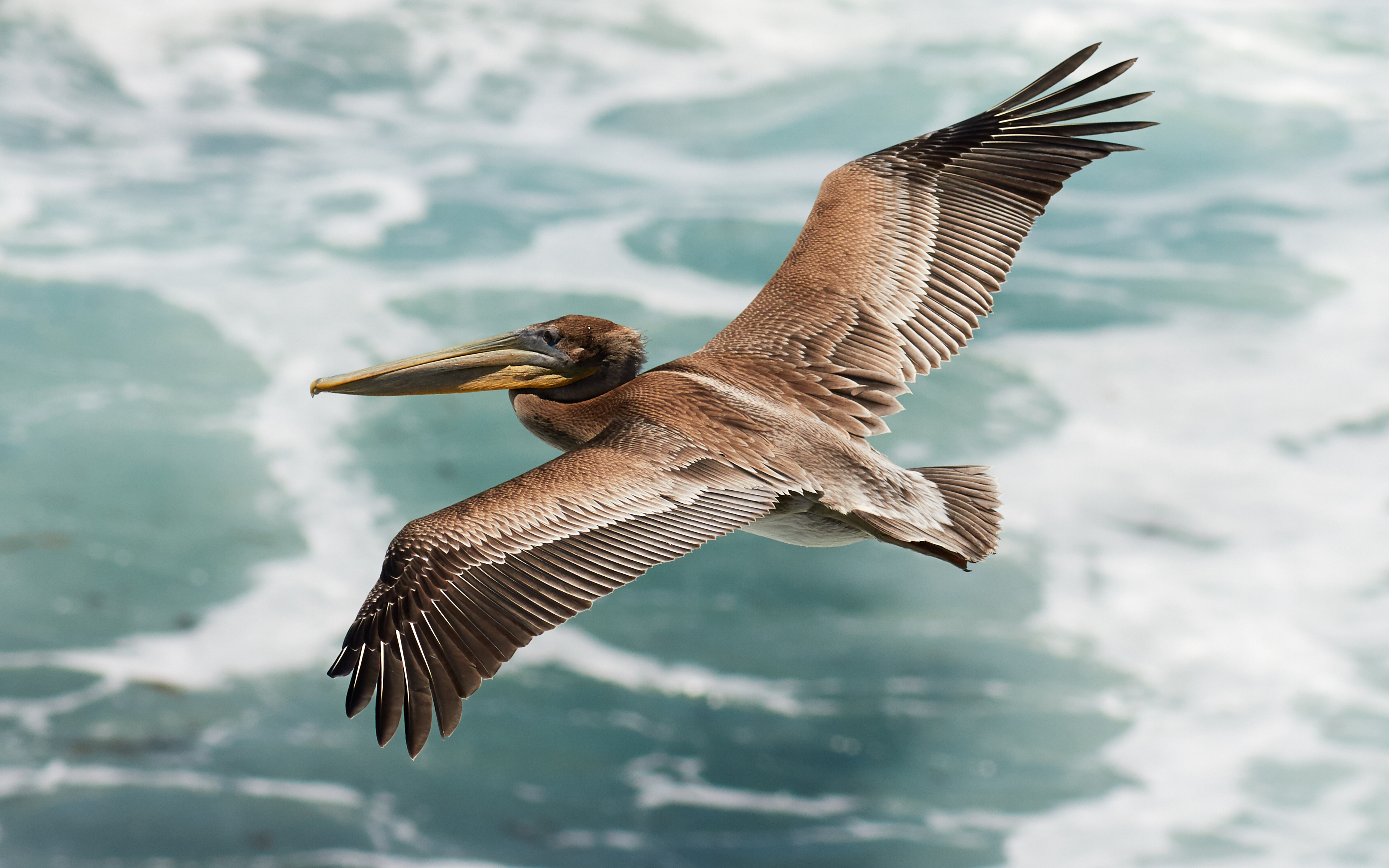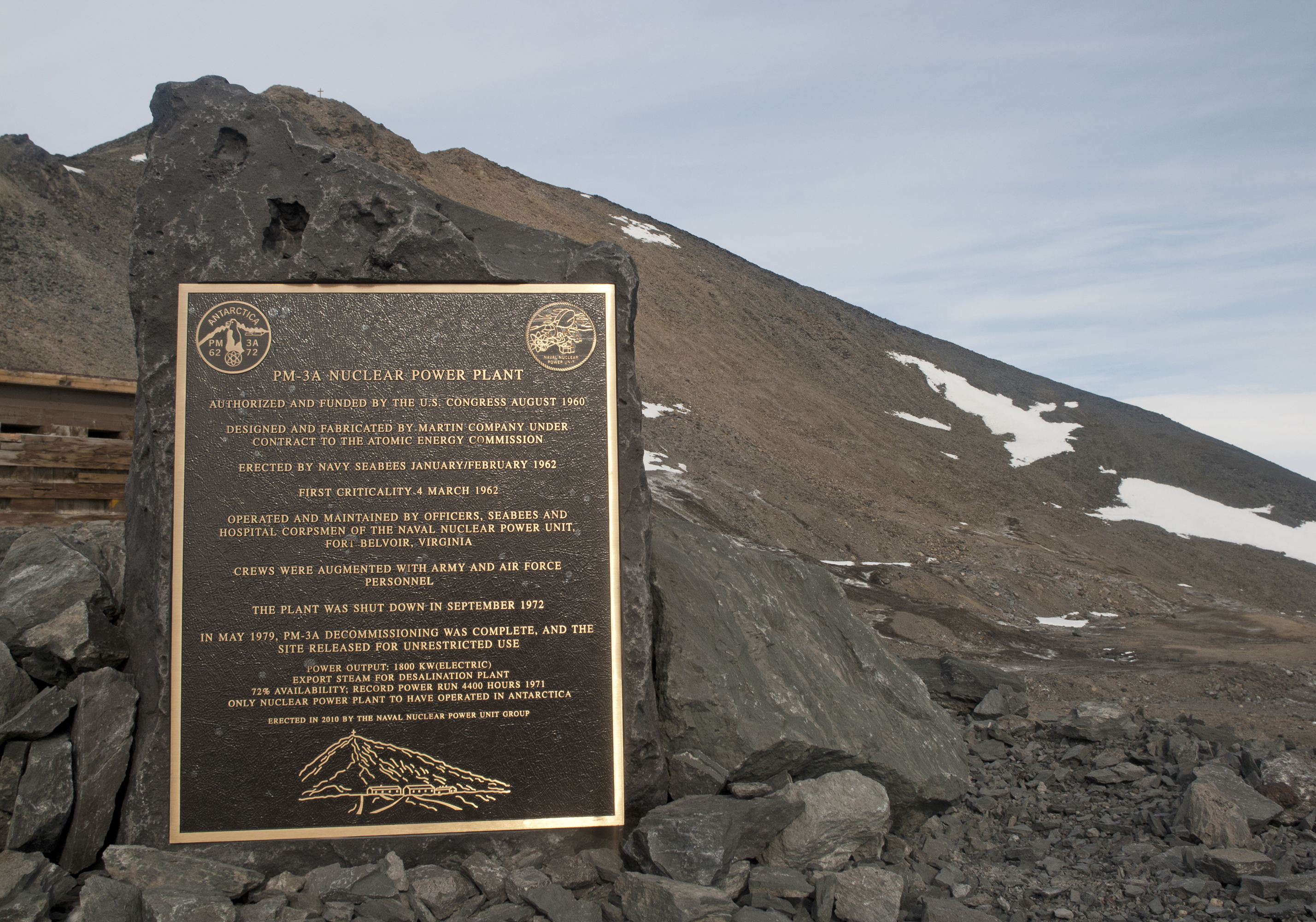|
Dotson Ridge
Dotson Ridge () is a ridgelike nunatak, 1.5 nautical miles (3 km) long, rising to in the northwest part of Flight Deck Neve, Convoy Range. It was mapped by the United States Geological Survey from ground surveys and Navy air photos, and was named by the Advisory Committee on Antarctic Names in 1964 for Morris F. Dotson, an electrician at McMurdo Station McMurdo Station is a United States Antarctic research station on the south tip of Ross Island, which is in the New Zealand-claimed Ross Dependency on the shore of McMurdo Sound in Antarctica. It is operated by the United States through the Unit ..., 1962. References Nunataks of Victoria Land Scott Coast {{ScottCoast-geo-stub ... [...More Info...] [...Related Items...] OR: [Wikipedia] [Google] [Baidu] |
Nunatak
A nunatak (from Inuit ''nunataq'') is the summit or ridge of a mountain that protrudes from an ice field or glacier that otherwise covers most of the mountain or ridge. They are also called glacial islands. Examples are natural pyramidal peaks. When rounded by glacial action, smaller rock promontories may be referred to as rognons. The word is of Greenlandic origin and has been used in English since the 1870s. Description The term is typically used in areas where a permanent ice sheet is present and the nunataks protrude above the sheet.J. J. Zeeberg, ''Climate and Glacial History of the Novaya Zemlya Archipelago, Russian Arctic''. pp. 82–84 Nunataks present readily identifiable landmark reference points in glaciers or ice caps and are often named. While some nunataks are isolated, sometimes they form dense clusters, such as Queen Louise Land in Greenland. Nunataks are generally angular and jagged, which hampers the formation of glacial ice on their tops, although snow c ... [...More Info...] [...Related Items...] OR: [Wikipedia] [Google] [Baidu] |
Flight Deck Neve
Flight or flying is the process by which an object moves through a space without contacting any planetary surface, either within an atmosphere (i.e. air flight or aviation) or through the vacuum of outer space (i.e. spaceflight). This can be achieved by generating aerodynamic lift associated with gliding or propulsive thrust, aerostatically using buoyancy, or by ballistic movement. Many things can fly, from animal aviators such as birds, bats and insects, to natural gliders/parachuters such as patagial animals, anemochorous seeds and ballistospores, to human inventions like aircraft (airplanes, helicopters, airships, balloons, etc.) and rockets which may propel spacecraft and spaceplanes. The engineering aspects of flight are the purview of aerospace engineering which is subdivided into aeronautics, the study of vehicles that travel through the atmosphere, and astronautics, the study of vehicles that travel through space, and ballistics, the study of the flight of project ... [...More Info...] [...Related Items...] OR: [Wikipedia] [Google] [Baidu] |
Convoy Range
Convoy Range () is a broad mountain range in Antarctica. Much of the range has a nearly flat plateau-like summit, extending south from the Fry Saddle and ending at Mackay Glacier. The range has steep cliffs on its east side, but it slopes gently into the Cambridge Glacier on the western side. The New Zealand Northern Survey Party of the Commonwealth Trans-Antarctic Expedition (1956–58) worked in this area in 1957. The party named the range for the main convoy into McMurdo Sound in the 1956–57 season, with the names of the various vessels being used for features in the range. Features Taff Y Bryn () is a ridgelike summit capped by dolerite (about 1,600 m), situated 1 nautical mile (1.9 km) west of Flagship Mountain in the Convoy Range. It is named after the River Taff in Wales, the toponym in Welsh literally means "Hill of the Taff." It was named by the 1976–77 Victoria University of Wellington Antarctic Expedition (VUWAE) led by Christopher J. Burgess. ... [...More Info...] [...Related Items...] OR: [Wikipedia] [Google] [Baidu] |
United States Geological Survey
The United States Geological Survey (USGS), formerly simply known as the Geological Survey, is a scientific agency of the United States government. The scientists of the USGS study the landscape of the United States, its natural resources, and the natural hazards that threaten it. The organization's work spans the disciplines of biology, geography, geology, and hydrology. The USGS is a fact-finding research organization with no regulatory responsibility. The agency was founded on March 3, 1879. The USGS is a bureau of the United States Department of the Interior; it is that department's sole scientific agency. The USGS employs approximately 8,670 people and is headquartered in Reston, Virginia. The USGS also has major offices near Lakewood, Colorado, at the Denver Federal Center, and Menlo Park, California. The current motto of the USGS, in use since August 1997, is "science for a changing world". The agency's previous slogan, adopted on the occasion of its hundredth an ... [...More Info...] [...Related Items...] OR: [Wikipedia] [Google] [Baidu] |
Advisory Committee On Antarctic Names
The Advisory Committee on Antarctic Names (ACAN or US-ACAN) is an advisory committee of the United States Board on Geographic Names responsible for recommending commemorative names for features in Antarctica. History The committee was established in 1943 as the Special Committee on Antarctic Names (SCAN). It became the Advisory Committee on Antarctic Names in 1947. Fred G. Alberts was Secretary of the Committee from 1949 to 1980. By 1959, a structured nomenclature was reached, allowing for further exploration, structured mapping of the region and a unique naming system. A 1990 ACAN gazeeter of Antarctica listed 16,000 names. Description The United States does not recognise territorial boundaries within Antarctica, so ACAN assigns names to features anywhere within the continent, in consultation with other national nomenclature bodies where appropriate, as defined by the Antarctic Treaty System. The research and staff support for the ACAN is provided by the United States Geolog ... [...More Info...] [...Related Items...] OR: [Wikipedia] [Google] [Baidu] |
Morris F
Morris may refer to: Places Australia * St Morris, South Australia, place in South Australia Canada * Morris Township, Ontario, now part of the municipality of Morris-Turnberry * Rural Municipality of Morris, Manitoba ** Morris, Manitoba, a town mostly surrounded by the municipality * Morris (electoral district), Manitoba (defunct) * Rural Municipality of Morris No. 312, Saskatchewan United States ;Communities * Morris, Alabama, a town * Morris, Connecticut, a town * Morris, Georgia, an unincorporated community * Morris, Illinois, a city * Morris, Indiana, an unincorporated community * Morris, Minnesota, a city * Morristown, New Jersey, a town * Morris (town), New York ** Morris (village), New York * Morris, Oklahoma, a city * Morris, Pennsylvania, an unincorporated community * Morris, West Virginia, an unincorporated community * Morris, Kanawha County, West Virginia, a ghost town * Morris, Wisconsin, a town * Morris Township (other) ;Coun ... [...More Info...] [...Related Items...] OR: [Wikipedia] [Google] [Baidu] |
McMurdo Station
McMurdo Station is a United States Antarctic research station on the south tip of Ross Island, which is in the New Zealand-claimed Ross Dependency on the shore of McMurdo Sound in Antarctica. It is operated by the United States through the United States Antarctic Program (USAP), a branch of the National Science Foundation. The station is the largest community in Antarctica, capable of supporting up to 1,258 residents, and serves as one of three year-round United States Antarctic science facilities. All personnel and cargo going to or coming from Amundsen–Scott South Pole Station first pass through McMurdo. By road, McMurdo is 3 kilometres (1.9 mi) from New Zealand's smaller Scott Base. History The station takes its name from its geographic location on McMurdo Sound, named after Lieutenant Archibald McMurdo of . The ''Terror'', commanded by Irish explorer Francis Crozier, along with expedition flagship ''Erebus'' under command of James Clark Ross, first charted the a ... [...More Info...] [...Related Items...] OR: [Wikipedia] [Google] [Baidu] |
Nunataks Of Victoria Land
A nunatak (from Inuit ''nunataq'') is the summit or ridge of a mountain that protrudes from an ice field or glacier that otherwise covers most of the mountain or ridge. They are also called glacial islands. Examples are natural pyramidal peaks. When rounded by glacial action, smaller rock promontories may be referred to as rognons. The word is of Greenlandic origin and has been used in English since the 1870s. Description The term is typically used in areas where a permanent ice sheet is present and the nunataks protrude above the sheet.J. J. Zeeberg, ''Climate and Glacial History of the Novaya Zemlya Archipelago, Russian Arctic''. pp. 82–84 Nunataks present readily identifiable landmark reference points in glaciers or ice caps and are often named. While some nunataks are isolated, sometimes they form dense clusters, such as Queen Louise Land in Greenland. Nunataks are generally angular and jagged, which hampers the formation of glacial ice on their tops, although snow can a ... [...More Info...] [...Related Items...] OR: [Wikipedia] [Google] [Baidu] |



